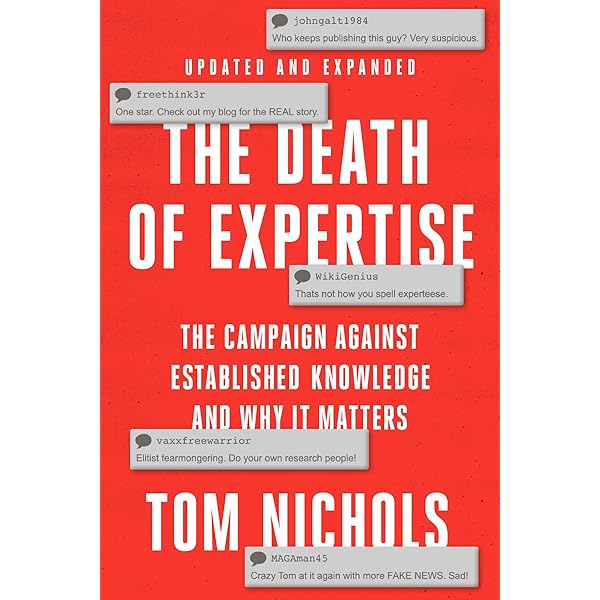
Sure! Here’s an informative article based on your prompt, organized in a clean and reader-friendly format:
—
# California Abolishes Religious and Philosophical Exemptions for Vaccines: Delving into the Science Behind the Debate
In a pivotal legal action designed to enhance public health, California Governor Jerry Brown has recently enacted a law that eliminates religious and philosophical exemptions for childhood immunizations. According to the new policy, only children with recognized medical justifications—validated by a healthcare provider—are eligible for exemption from vaccination requirements within the state.
This initiative arose in response to rising alarms over outbreaks of diseases preventable by vaccines, such as measles and whooping cough. Nevertheless, the move has not been without its share of controversy, generating strong opposition from segments of the anti-vaccine movement, including well-known figures like Jim Carrey, who criticized the law in a highly publicized Twitter tirade.
## The Necessity of the Legislation
Vaccination rates among children in specific areas of California had dropped to perilously low proportions, resulting in outbreaks of diseases that were previously nearly eradicated in the United States. The 2015 measles outbreak linked to Disneyland, which spread over multiple states and infected more than 140 individuals, acted as a wake-up call for health officials and legislators.
Vaccines depend on herd immunity to safeguard those who cannot receive vaccinations, such as infants, the elderly, and individuals with weakened immune systems. When vaccination rates dip below the critical level needed for herd immunity (typically around 90-95% for highly contagious illnesses like measles), the entire community faces heightened risk.
## Celebrity Backlash and Misinformation
Jim Carrey’s objection to the new law revolved around worries regarding vaccine components such as thimerosal, aluminum, and formaldehyde—arguments commonly found among vaccine skeptics. Carrey claimed he wasn’t “anti-vaccine,” but rather “anti-toxin.” However, these assertions frequently disregard established scientific evidence:
– **Thimerosal**: This mercury-containing substance was eliminated or decreased to trace levels in all regular childhood vaccines (except for some flu vaccines) by 2001 in the U.S. When it was present, it was in minuscule amounts deemed safe.
– **Aluminum**: Naturally found in our surroundings, including many food items, the exposure to aluminum from vaccines is minimal in comparison to what individuals consume daily through food and water.
– **Formaldehyde**: Naturally occurring in the body at levels significantly higher than those found in a vaccine injection. It’s even present in larger quantities in an average pear or apple!
In essence, the amounts of these substances in vaccines are extremely low and well within safe parameters established by comprehensive research. It’s crucial to keep in mind that toxicity is dose-dependent: even water can be harmful in excessive quantities.
## Myth vs. Reality: Vaccines and Autism
One of the most enduring myths that connects vaccines to autism originated from a now-discredited study by Andrew Wakefield in 1998. Numerous large-scale studies conducted since that time have found no reliable association between vaccines and autism:
– A 2009 review published in *Clinical Infectious Diseases* presented substantial evidence confirming that vaccines do not cause autism.
– Recent meta-analyses involving millions of children have reached analogous conclusions.
Despite the compelling evidence, the myth prevails, partly due to humanity’s natural inclination to identify patterns—even when none exist. Coinciding symptoms of autism typically become evident between the ages of 1 and 2, which is the same timeframe when the MMR vaccine is administered. Consequently, many parents mistakenly link vaccination with the onset of autism, although both events occur independently and around the same time.
## Genuine Vaccine Risks: Uncommon but Manageable
Like any medical procedure, vaccines can lead to side effects. Nonetheless, severe reactions are exceptionally rare. The most frequent side effects are mild, such as soreness at the injection site or a mild fever. Serious allergic reactions (akin to those from bee stings) happen in approximately 1 in a million doses and can be treated with swift medical assistance.
It is noteworthy that California’s updated law continues to allow medical exemptions for children with valid contraindications to vaccination.
## The Overlooked Reality of Infectious Diseases
Many vaccine skeptics fail to recognize just how perilous vaccine-preventable diseases were—and continue to be:
– **Pertussis (Whooping Cough)**: Approximately half of infants who contract whooping cough require hospitalization. Severe complications, such as pneumonia and brain damage, can occur, and the illness can be fatal even with the best medical care.
– **Diphtheria**: Today, diphtheria retains a 5-10% fatality rate even with treatment; in young children, it can rise to 20%. Without vaccinations and contemporary medicine, fatality rates were close to 50%.
– **Rubella (German Measles)**: Generally mild in children, rubella infection during pregnancy can lead to severe birth defects or miscarriage. Before the rubella vaccine, thousands of infants were born annually with congenital rubella syndrome.
These diseases